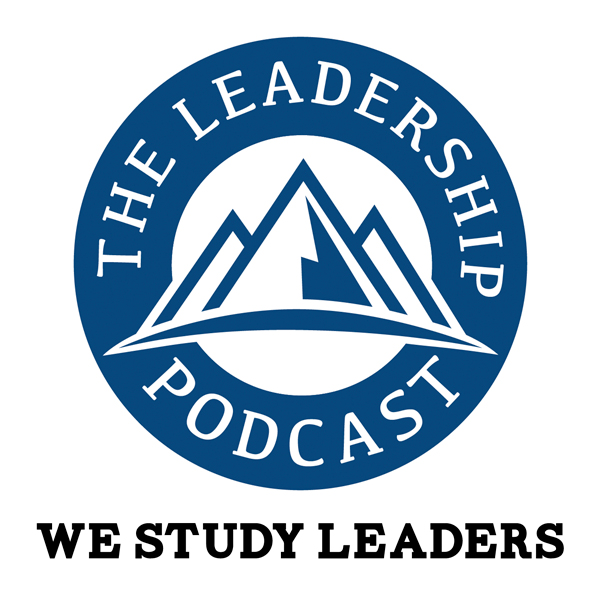 Our challenges as leaders are greater than ever. It’s all the ions:
Our challenges as leaders are greater than ever. It’s all the ions:
- Execution
- Revenue Generation
- M&A Integration
- Competition
- Innovation
- Team Dysfunction
- Lack of Prioritization
And our results are coming up short, because our teams are being over-managed and under-led.
We’re planning, organizing, staffing, directing and controlling better than ever, but more than the science of management or the promise of technology, we need to master the art of influence. We need to balance the discipline of management while creating a culture of leadership.
There are basically six major leadership theory categories:
- Trait Approach, which includes the “Great Man” theory and “Level 5 Leadership”
- Behavior Approach, which includes Kotter’s Leadership Factor where management and leadership are distinguished
- Power & Influence Approach that includes the “West Point Way of Leadership”
- Situational Approach with the Hersey & Blanchard well known “Situational Theory”
- Charismatic Approach with the warning of obedience and unquestioning acceptance
- Lastly, the Transformational Approach, which include the work of Warren Bennis with emotional quotient (EQ) cross-over
I could expound more on each of these, but I know what you would be looking for: Tips, tools, tricks, short cuts, numbered lists, colored diagrams, and statistical charts. When giving talks, I have noticed much more note taking when I start a numbered list. But that is management thinking. Leadership thinking requires deep reflection, and an understanding of one’s own leadership philosophy. That is, what do you stand for? Can you complete the following sentences for yourself, and your organization?
I am… – We are…
I believe… – We believe…
I think… – We think…
I want… – We want…
I can… – We can…
It’s difficult to develop willing followers who are engaged and committed if a clear, altruistic purpose doesn’t exist. And here’s the key: The “we” in the partial statements above is something the entire team needs to have a part in creating. People support what they help create, and the art of influence lies in creating an environment that is opposite of hierarchical organizations with rigid command and control mechanisms (i.e., over-managed).
Level 5 Leadership is all about balancing indomitable will and humility. We leaders have plenty of will – that’s why we do what we do. But forcing our will on others leaves us drained and frustrated, because people will never meet our expectations when we expect the exact same “will.” The art is in giving up control, being vulnerable, being more patient, and creating an environment where others can discover what they control while creating the anticipation (and expectation) for an exciting future. Our teams need to move from a mental state of apathy and helplessness to one where hope and control over their own destiny prevails. In today’s environment where a culture of change is a prerequisite, we need to collectively look at challenges as temporary, limited in scope, and external. Seeing challenges as permanent, pervasive and personal are sure signs that the organization is in dire straits.
So if you agree that real leadership is about people buying into the organization’s vision, empowering people and teams, and producing useful change, ask yourself this question: Are you easy to follow?
I call my personal leadership philosophy, Self-Reliant Leadership. To me, it’s synonymous with knowing which questions to ask yourself and having the courage to answer them and act. The same principle can be applied to your organization:
- What is currently impossible to do that, if it were possible, would change everything?
- What’s the most important decision we’re facing? What’s keeps us from making it?
- What does your instinct say to do? Why aren’t you listening to it?
- Are we realizing our full potential?
- Is there value and fulfillment in our work today?
In “Creating the Good Life,” James O’Toole wrote about King Creon, the tragic hero in one Aristotle’s plays, Antigone:
“Creon’s flaw was lack of empathy, a trait that begins with listening. In the end, Creon brings down his own throne because he cannot hear what people want; he is too sure that he is right.”
The seminal (leadership) question: For whose good do you serve?






